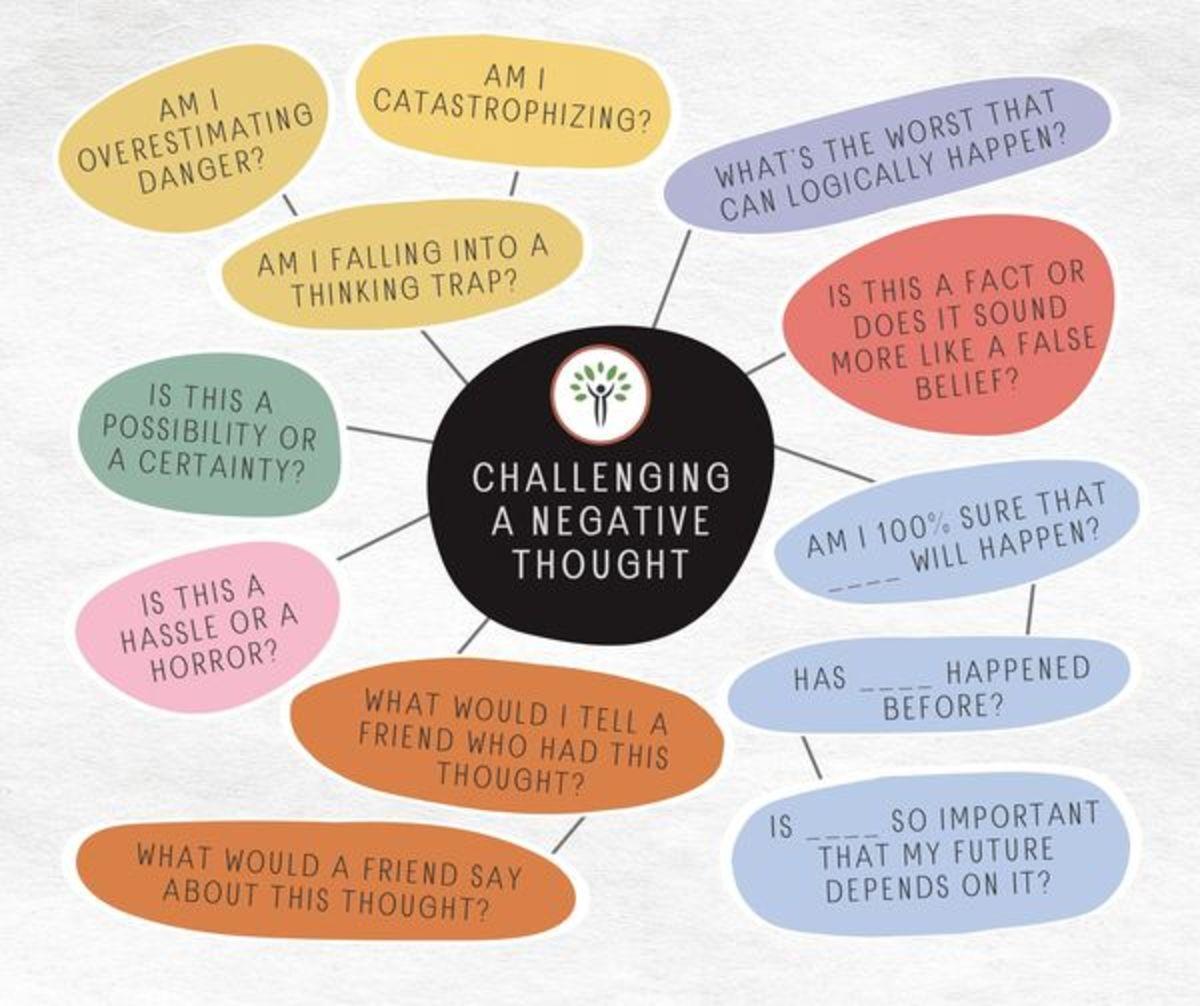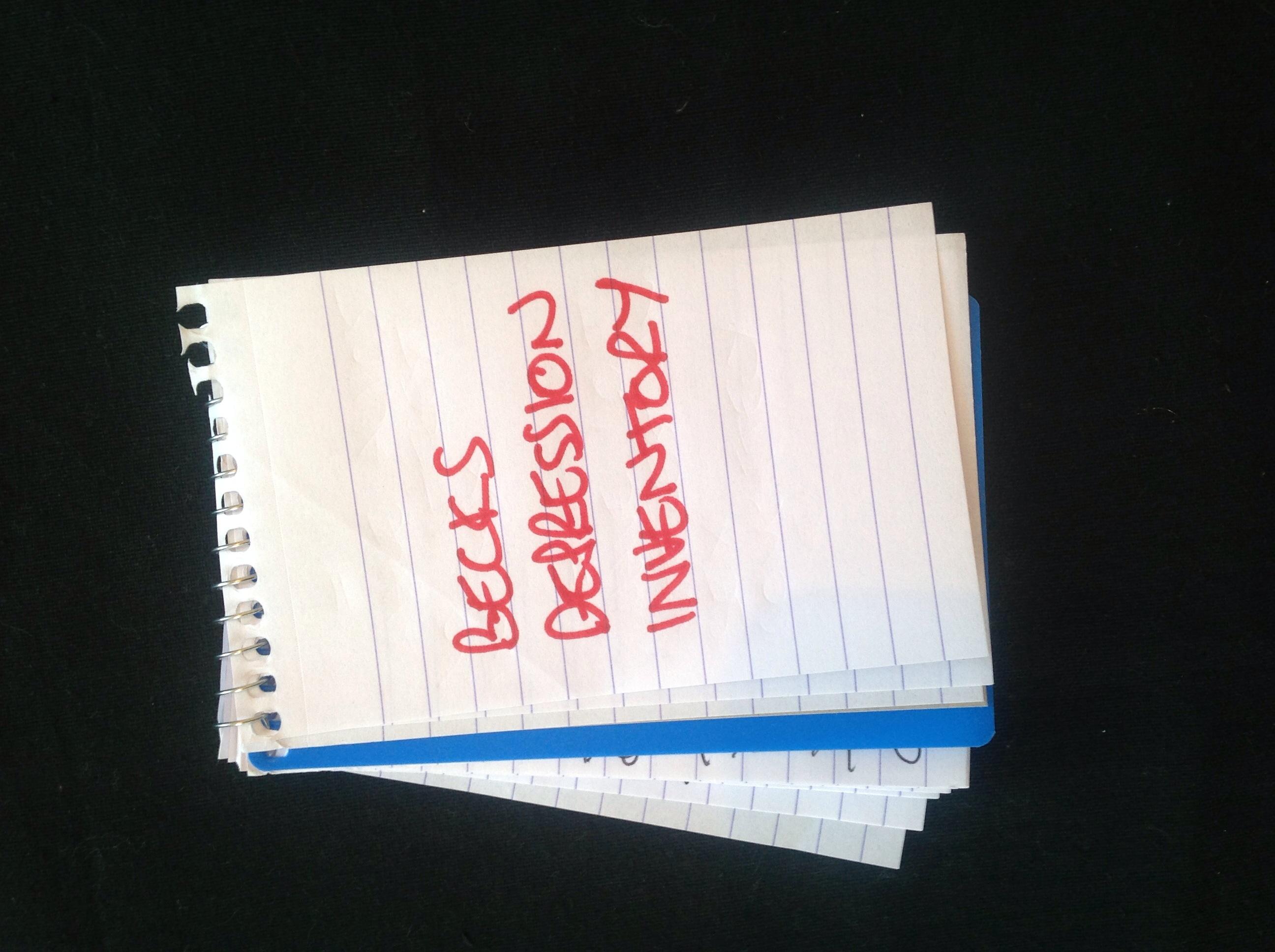In the pursuit of sustainable weight loss, many individuals find themselves trapped in a cycle of short-term success followed by inevitable relapse. Traditional methods often emphasize dietary restrictions and rigorous exercise, yet they frequently overlook the crucial role of mindset in achieving lasting change. Cognitive restructuring, a therapeutic technique rooted in cognitive-behavioral therapy, offers a transformative approach to addressing this challenge. By identifying and altering the negative thought patterns that sabotage weight loss efforts, individuals can foster a healthier relationship with food, exercise, and their own self-image. This article delves into the principles of cognitive restructuring, exploring how it can be effectively applied to support sustainable weight loss. With empathy and insight, we will guide you through the process of reshaping your mental framework, empowering you to break free from self-defeating habits and embrace a more balanced and fulfilling lifestyle.
Understanding the Psychological Barriers to Weight Loss
Weight loss is often not just a physical challenge but a mental one as well. Many individuals encounter psychological barriers that can derail even the most well-intentioned plans. These barriers often stem from deep-seated beliefs and negative thought patterns that cloud judgment and motivation. Cognitive restructuring is a powerful tool that can help break down these mental walls. By consciously identifying and altering negative thoughts, you can transform your approach to weight loss into a more positive and sustainable journey.
- Recognize Automatic Thoughts: These are the immediate, often negative, thoughts that pop into your mind when you face a challenge. For instance, thinking “I’ll never lose weight” can sabotage your efforts before you even begin.
- Challenge These Thoughts: Once you’ve identified these automatic thoughts, question their validity. Ask yourself, “Is this thought based on facts or assumptions?”
- Replace with Positive Affirmations: Substitute negative thoughts with empowering statements. For example, instead of saying “I can’t do this,” affirm “I am capable of achieving my goals.”
By consistently practicing cognitive restructuring, you can shift your mindset from one of defeat to one of empowerment. This mental shift is crucial for achieving not just weight loss, but a healthier, more balanced life.

Identifying and Challenging Negative Thought Patterns
Our minds can often be our biggest barriers to achieving sustainable weight loss. Recognizing the negative thought patterns that sabotage our efforts is crucial. These might manifest as thoughts like “I’ll never lose weight” or “I can’t resist junk food.” Such beliefs can lead to feelings of hopelessness or guilt, which in turn may trigger unhealthy eating habits. It’s essential to identify these patterns by being mindful of your thoughts and emotions, especially when you’re faced with challenges or setbacks in your weight loss journey.
Once identified, it’s time to challenge these thoughts. Ask yourself: Is this belief really true? What evidence do I have for or against it? Could there be another way of viewing this situation? By questioning the validity of your negative thoughts, you can start to replace them with more constructive and supportive ones. Consider reframing thoughts like “I’ll never lose weight” into empowering affirmations such as “I am capable of achieving my weight loss goals, one step at a time.” Some strategies to help with this process include:
- Practicing mindfulness to become more aware of your thoughts without judgment.
- Keeping a thought diary to track negative patterns and your responses to them.
- Engaging in positive self-talk and surrounding yourself with supportive individuals.
By consistently applying these strategies, you can reshape your mindset and foster a more positive outlook, ultimately leading to more sustainable weight loss success.

Developing a Positive and Resilient Mindset for Lasting Change
Embarking on a journey towards sustainable weight loss requires more than just a change in diet or exercise routine; it demands a transformation in how we perceive and respond to challenges. Cognitive restructuring is a powerful psychological strategy that can help reshape our thought patterns, making them more conducive to long-term success. This technique involves identifying and challenging negative beliefs that often sabotage our efforts, such as “I’ll never be able to stick to this plan” or “I’ve failed before, so I’ll fail again.”
To begin integrating cognitive restructuring into your weight loss journey, consider these approaches:
- Recognize Negative Thoughts: Pay attention to moments of self-doubt or defeatist thinking. Awareness is the first step towards change.
- Challenge and Reframe: Once a negative thought is identified, question its validity and replace it with a more positive, realistic perspective. For example, change “I can’t do this” to “I am learning and growing with each step.”
- Focus on Progress, Not Perfection: Acknowledge small victories and improvements, no matter how minor they may seem. This shift in focus can reinforce a sense of accomplishment and motivation.
By cultivating a positive and resilient mindset through cognitive restructuring, you’re not just aiming for a temporary change, but laying the groundwork for a healthier, more sustainable lifestyle.

Practical Techniques for Implementing Cognitive Restructuring in Daily Life
Cognitive restructuring can be a transformative tool for those seeking sustainable weight loss by reshaping how we perceive and respond to food-related thoughts and emotions. Here are some practical techniques to seamlessly integrate this approach into your daily routine:
- Identify Negative Thoughts: Start by keeping a journal of your thoughts around food and body image. This can help pinpoint recurring negative patterns that may be hindering your progress.
- Challenge and Reframe: When you catch a negative thought, ask yourself if it’s based on facts or assumptions. Replace it with a more balanced perspective. For example, instead of thinking, “I always fail at diets,” try reframing it to, “I am learning what works best for my body.”
- Use Positive Affirmations: Incorporate daily affirmations that focus on your strengths and achievements. Phrases like, “I am capable of making healthy choices,” can gradually shift your mindset toward a more positive outlook.
- Practice Mindfulness: Engage in mindful eating by paying attention to your hunger cues and savoring each bite. This helps in aligning your mental state with your physical needs, reducing emotional eating triggers.
By integrating these techniques into your everyday life, you cultivate a healthier relationship with food, making the journey to weight loss not just about shedding pounds, but about nurturing a positive and resilient mindset.
